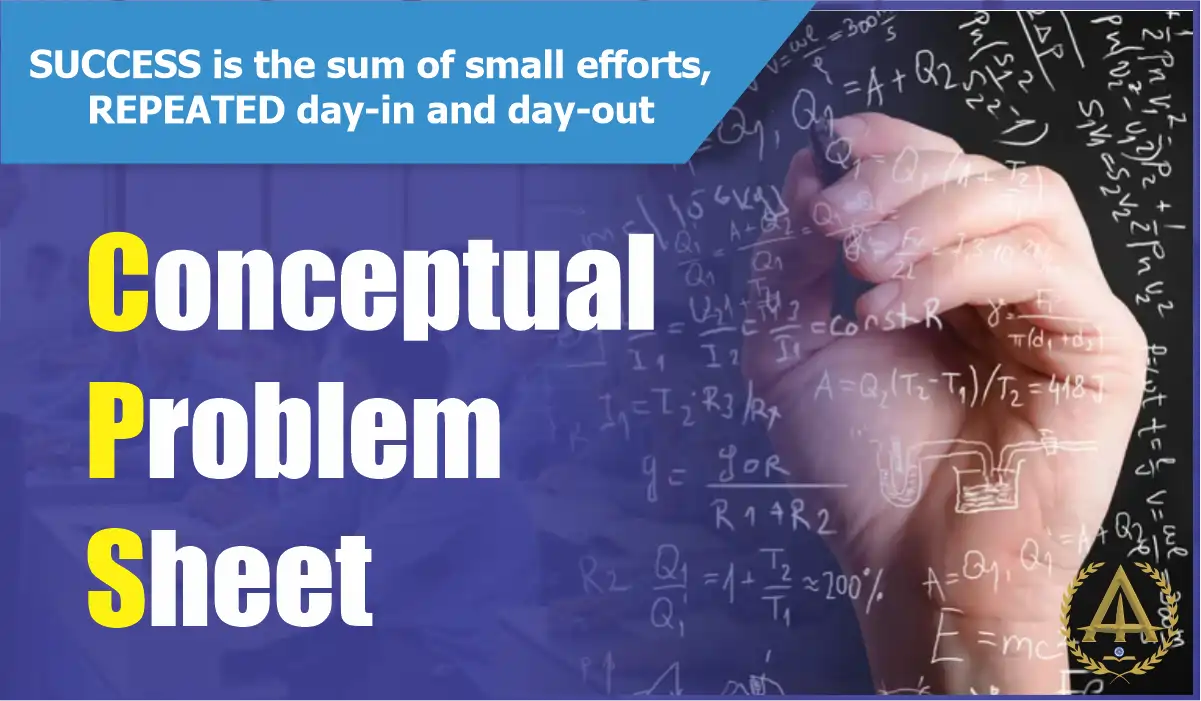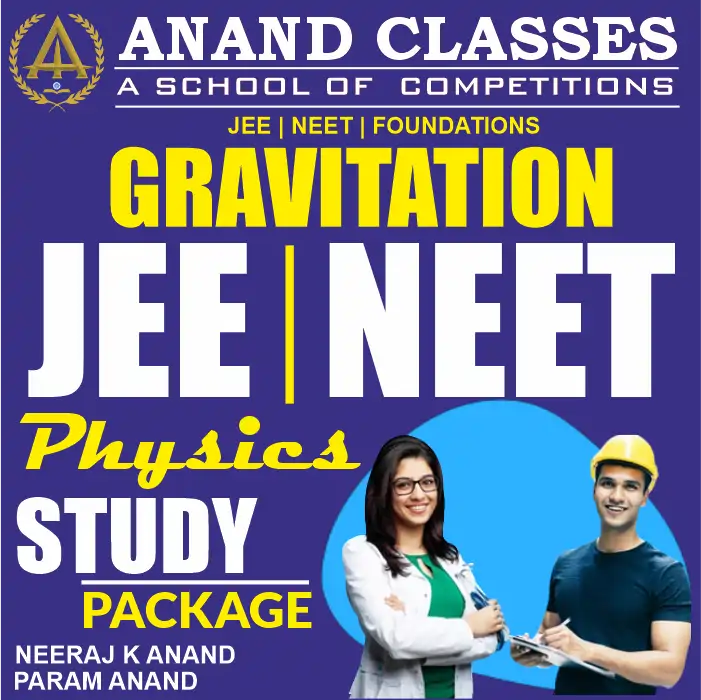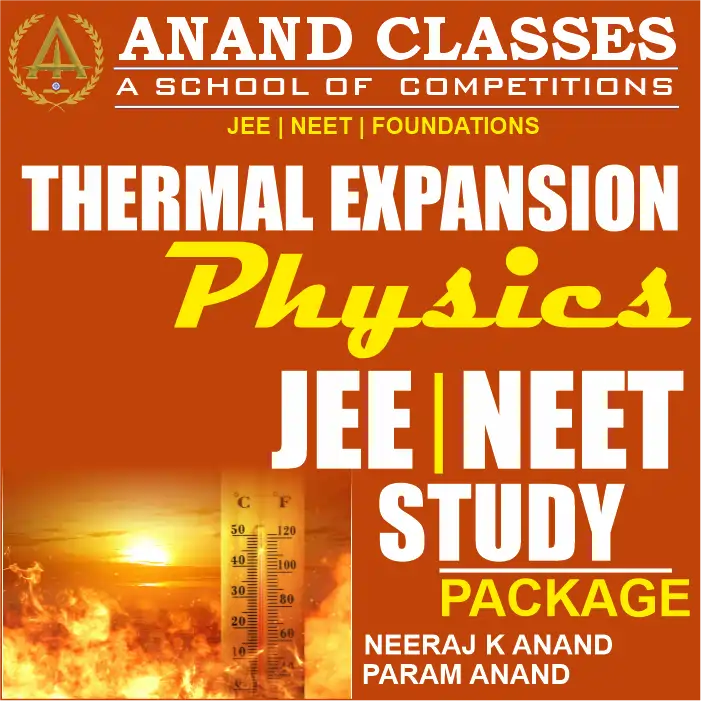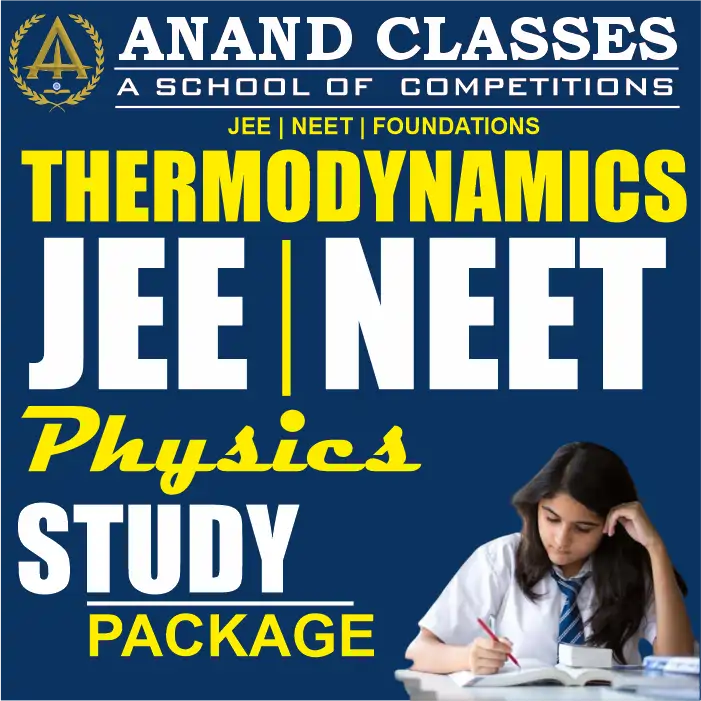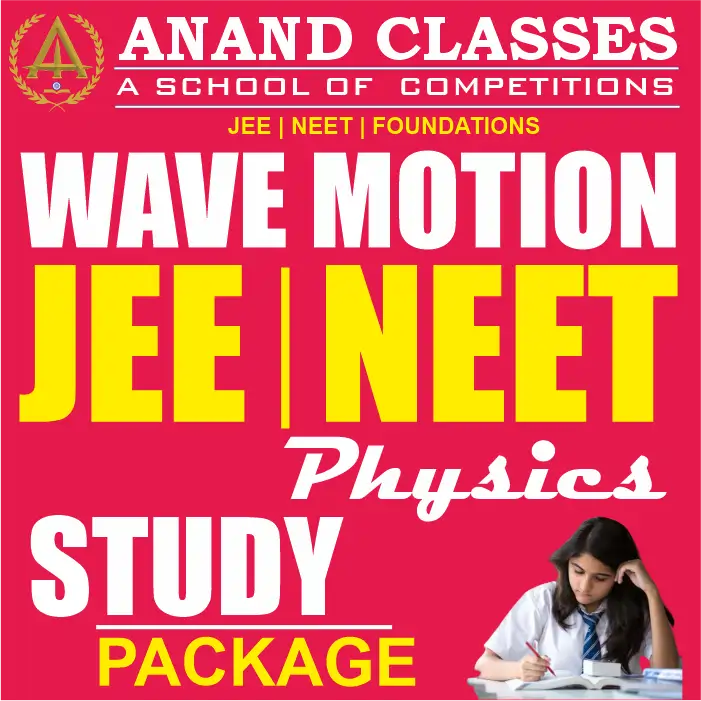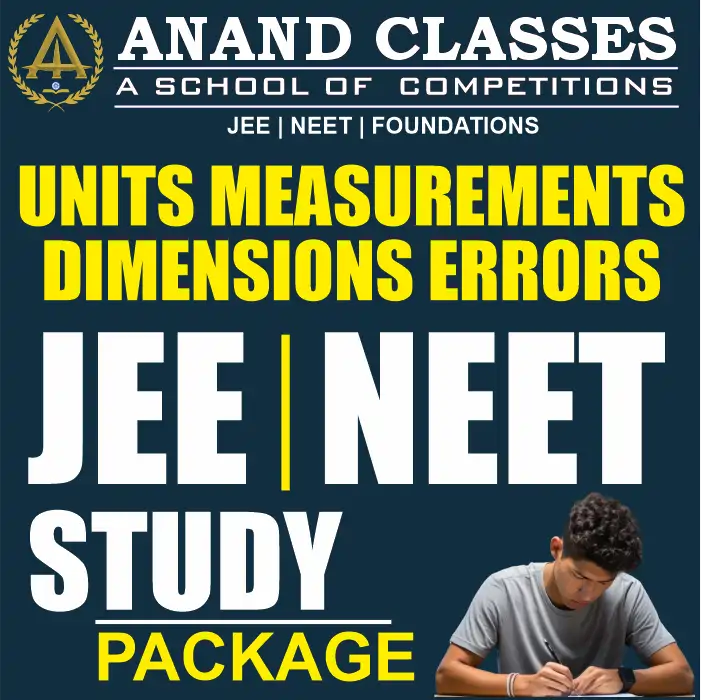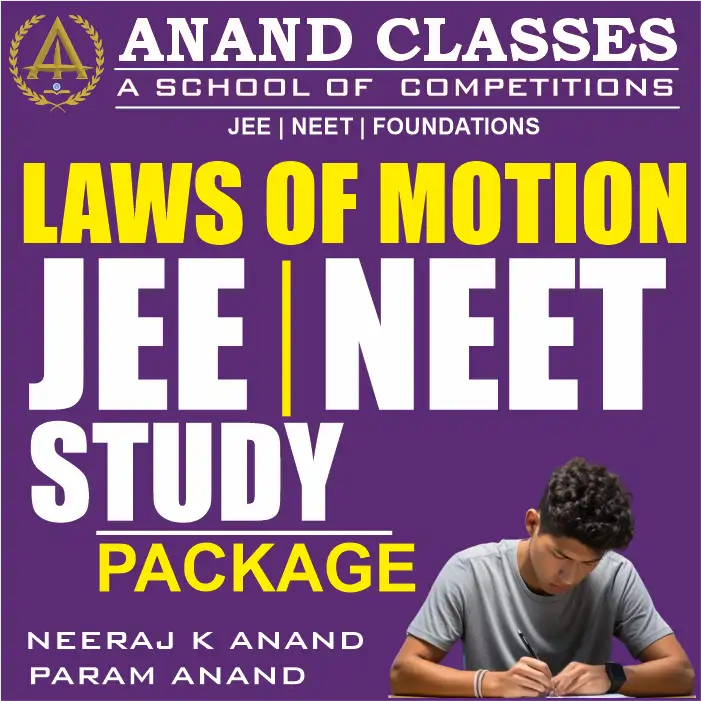Motion In One Dimension Notes With JEE NEET MCQS Physics Class 11 CBSE Study Material Full Chapter Download pdf-Anand Classes
Motion In One Dimension
One dimension implies motion along a straight line or in a single direction. Consider a car or a person driving down a straight road or jogging on a straight track. Think of an object being tossed vertically into the air and then watching it fall. These are examples of one-dimensional motion. There are four main factors to keep track of when evaluating the motion of objects. Time, displacement, velocity, and acceleration are the four variables; time is a scalar quantity, and the other three are vector quantities.
Physics study material download
Distance and Displacement
Distance travelled, or path length is the actual distance covered by the moving object in a given interval of time. It is a scalar quantity.
The change in the position of the object along a particular direction is called displacement.
Displacement Δx = xf – x0
xf is the final position of the object.
x0 is the initial position of the object.
The difference between your ending position (xf) and your beginning point (xo) is known as displacement.
Displacement is a vector quantity. This means it has direction and magnitude, and it is visually depicted as an arrow pointing from the starting point to the ending location. Your displacement is 5 metres north if you start in a specific location and then move north 5 metres from where you started. Then, if you turn around and return with a 5 m south displacement, you will have travelled a total distance of 10 m, but your net displacement will be zero because you are back where you began.
Speed and Velocity
The time rate of change of the position of the particle is called speed. Speed tells about how fast or how slow the particle is moving. It gives the distance covered by the particle in unit time. Speed is a scalar quantity, and its SI unit is m/s. The speed of the object will never be negative; it will either be positive or zero.
The time rate of change of position of an object in a particular direction is called velocity. Velocity can be defined as the time rate of change of displacement. Also, speed in a particular direction can be called velocity. Velocity is a vector quantity with both direction and magnitude. The unit of velocity is m/s. The value of velocity can be positive, negative or zero.
Average Speed and Average Velocity
The average speed of motion of a particle is defined as the ratio of the time travelled to the elapsed time.
Average speed = total path length/total time taken
Average velocity is defined as the total displacement by the body in time t.
Average velocity = total displacement/total time
Vavg = (Δx/Δt) = (xf – x0)/(tf – t0)
Vavg = average velocity
Δx = change in position
Δt = change in time
xf and x0 are the beginning and ending positions at time tf and t0, respectively.
Instantaneous Velocity
If we consider an infinitesimally small time interval, we get more detailed information. The average velocity becomes the instantaneous velocity for an infinitesimally small interval of time or the velocity at a single moment over such a time range. A car’s speedometer displays the instantaneous speed. However, for calculating the time taken to travel from one point to another, average velocity is needed. The average velocity at a specific point in time or across an infinitesimally brief time interval is called instantaneous velocity.
Uniform Velocity
A body is said to be moving with uniform velocity if equal changes of displacement take place in equal intervals of time, however small these intervals of time may be. When the body moves with uniform velocity, neither the magnitude nor the direction of velocity changes.
Acceleration
Any process in which the velocity varies is referred to as acceleration. As velocity involves both speed and direction, a body gets accelerated when there is a change in speed, direction or both. If there is no change in the speed or direction of the object, there will not be any acceleration, no matter how quickly the object moves. A jet moving at 800 miles per hour along a straight line has zero acceleration, despite the fact that it is moving very quickly. It will have acceleration while it lands because the jet is slowing down.
Average acceleration is defined as the rate of change of velocity with time.
a = (Δv/Δt)= (vf – vi)/Δt
vi = initial velocity
vf = final velocity
Δt = time
The SI unit of acceleration is m/s2.
Uniform or Constant Acceleration
A body is said to be moving with uniform or constant acceleration if its velocity changes by equal amounts in equal intervals of time, however small these time intervals may be. When the body moves with constant acceleration, the average and instantaneous acceleration of the body are equal.
Kinematics Equation when the Acceleration Is Constant
A particle moving along a straight line with constant acceleration is said to execute uniformly accelerated motion in one dimension. This type of motion is the simplest kind of accelerated motion. The velocity of the particle changes at the same rate throughout the motion. Some simple equations which relate displacement (S), initial velocity (u), final velocity (v), time taken (t), and uniform acceleration (a) can be obtained, and these equations are called kinetic equations for the one-dimensional motion of the particle. The equations are as follows:
1. v = u + at
v = final velocity
u = initial velocity
a = uniform acceleration
t = time taken
2. S = ut + (½)at2
S = displacement
u = initial velocity
t = time taken
a = uniform acceleration
3. v2 = u2 + 2aS
v = final velocity
u = initial velocity
a = uniform acceleration
S = displacement
4. Sn = u + (a/2)(2n – 1)
Sn = displacement in the nth second of motion.
5. a = (S2 – S1)/n2
S2 and S1 are the displacements in two consecutive equal intervals of time ‘n’.
What Is Motion in a Straight Line?
If an object changes its position with respect to its surroundings with time, then it is called in motion. It is a change in the position of an object over time. Motion in a straight line is nothing but linear motion. As the name suggests, it’s in a particular straight line, thus it can be said that it uses only one dimension.
Types of Linear Motion
The linear motion, also called the Rectilinear Motion can be of two types:
- Uniform linear motion with constant velocity or zero acceleration
- Non-Uniform linear motion with variable velocity or non-zero acceleration
Linear motion is the most straightforward kind of one-dimensional motion. As Newton’s first law of motion suggests, an object will either be at rest or continue to move in a straight line with a uniform velocity unless and until an external force is applied to it.
<h3>class 11 notes download</h3>
You are suggested not to confuse linear motion with general motion. As we discussed, linear motion is a one-dimensional motion. Still, in general, the motion has magnitude and direction both, i.e. an object’s position and velocity are described in vector quantities.
Uniform Motion in a Straight Line
If a body travels in a straight line and covers an equal amount of distance in an equal interval of time, it is said to have uniform motion. In simple words, a body is said to have uniform acceleration if the rate of change of its velocity remains constant.
Example:
If a car travels at a speed of 60 km/hour, it will cover a 1 km/minute. In this sense, the motion of car acceleration is uniform.
Non-uniform Motion in a Straight Line
Unlike the uniform acceleration, the body is said to have a non-uniform motion when the velocity of a body changes by unequal amounts in equal intervals of time—the rate of change of its velocity changes at different points of time during its movement.
jee physics study material download free
Example:
A boy is kicking a football. It might cover 4 meters in the first attempt, 6 meters in the second change, 9 meters in the third attempt and so on as per the velocity exerted by the boy.
Motion In One Dimension Notes With JEE NEET MCQS Physics Class 11 CBSE Study Material Full Chapter Download pdf-Anand Classes
Frequently Asked Questions on Motion in One Dimension
Can the speed of the body change if its velocity is constant?
If the velocity of a body is constant, it means that the magnitude and direction of the velocity do not change. Since the magnitude of the velocity is speed, the speed of the body cannot change.
Define one-dimensional motion.
The motion of a body is a one-dimensional motion if it moves along a straight line.
Define the displacement of a particle.
The change in the position of a particle along a particular direction over a given period of time is called the displacement of the particle.
Define acceleration.
The rate of change of velocity of an object is known as the acceleration of the object.
Write the SI unit of acceleration.
The SI unit of acceleration is m/s2.
Does the average velocity over any interval of time differ from the instantaneous velocity when the velocity is constant?
No, average velocity over an interval of time is equal to the instantaneous velocity, provided the velocity of a body is uniform or constant.












